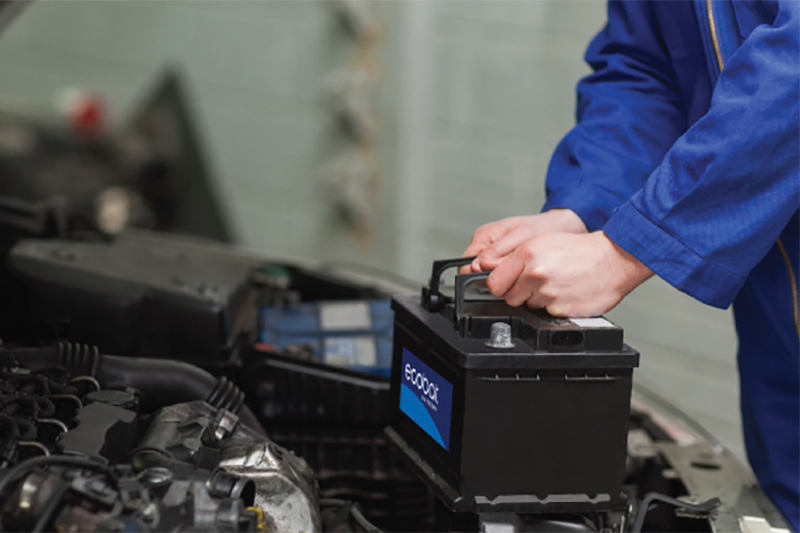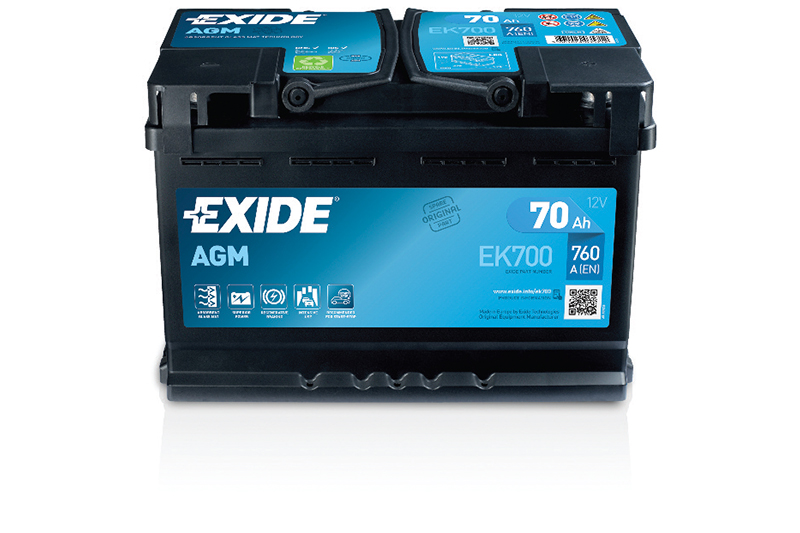Ecobat Battery delivers a 12V battery overview

Understanding changes in the independent service and repair sector is crucial. As one of the UK’s largest battery distributors, Ecobat Battery leverages its position to track trends and guide customers in the evolving 12V battery market, explains Andy Waite, the company’s product, e-commerce and marketing strategy manager. In the first of his two-part analysis, he offers a data-driven look at market evolution.
Understanding the market helps you manage your stock more efficiently and allows you to make sure you have at hand the replacement batteries that your workshop customers will require on a daily basis. This, in turn, ensures that workshops can correctly address the needs of their customers as they bring their vehicles in for service or repair.
Distributing brands that include OEMs, such as Exide and VARTA, as well as premium quality aftermarket makes, like Lucas and Numax, we are able to examine a significant quantity of data, from across the sector, to build a clear picture of the present position and provide a reliable forecast of what the ongoing landscape is likely to look like.
How is the market developing?
Historically, up to and even following, VMs’ widespread adoption of stop-start technology, traditional SLI batteries were the prominent replacement throughout the aftermarket; however, in order to give their respective customers a degree of purchasing choice, workshops would generally provide differentiation to their offerings through a good, better, best option.
As intimated, although the VMs’ commitment to stop-start systems prompted a change in the technology provided by the battery manufacturers, who moved away from SLI and over to AGM and then EFB, this change wasn’t reflected in the replacement market for several years. In 2016, for example, just 2% of our sales were AGM/EFB, whereas by 2022 it was nearly one quarter, with a comparable decline in SLI sales.

Two years on and the migration to AGM/EFB batteries has continued, cemented all the more as stop-start technology is now fitted to almost every vehicle still incorporating a combustion engine. Our sales data confirms the reality of this trend as the present split between SLI and AGM/EFB is now 64%/36% and, when combined with vehicle application data, the migration rate looks to be accelerating. As a result, it is likely that the battery sales will be split 50%/50% possibly as early as the end of 2025.
What this comparison does not convey, however, is the impact that the shift in technology has had in terms of the life expectancy of these batteries, which are considerably more robust than their SLI cousins. In addition, however, the efficiency of smart charging systems cannot be overlooked.
Rather than simply delivering constant charge solely dependent on the speed of the alternator, these modern systems constantly monitor the condition of the battery through the battery management system, intelligent battery sensor and the ECU, to regulate the alternator to ensure it always receives the most appropriate level of charge.
As a combined result, the evidence suggests that, generally, they are lasting 30 to 50% longer than a traditional SLI battery, which points to a decline in overall replacement battery volumes; however, the reduction in quantity is somewhat mitigated by the higher average price of AGM/EFB batteries, so revenue is unlikely to drop to the same extent.
As well as the useful insight that analysing the data gives those selling batteries, another very important aspect of the research is to highlight the importance of fitting a replacement of the correct technology for the application, which is something reflected in VARTA’s recent decision to dispense with its Black, Blue and Silver hierarchy, in favour of simply offering SLI, EFB or AGM batteries.
In part two, Andy will assess the impact the 12V battery is – and will – have on EVs.





![Exploring the potential of ZF [pro]Diagnostics](https://pmfmag.co.uk/wp-content/uploads/2025/11/zf-pro-diagnostics-main--165x109.jpg)


